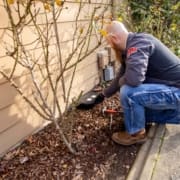How To Get Rid Of House Spiders
Spiders are our friends, but you don’t need a swarm of these pests crawling around your home.
Likely you are at this blog because of dealing with an infestation you are eager to get rid of.
Regular house spiders aren’t alone as invaders of your home – they also have a nearby cousin, giant house spiders.
Throughout the article, we’ll discuss issues such as the giant house spider in Oregon and Washington State and the difference between the house spider and the giant house spider. We’ll also answer the question, “are giant house spiders dangerous?” Finally, we’ll discuss what to do if you have signs of an infestation and when to call a professional pest control company like Pest Pros.
Giant House Spiders vs House Spiders: The Difference Between The Two
A regular house spider either sits inside its funnel-like web; it waits for prey to land, then emerges rapidly for a meal, or creates a sticky web cluster for similar results. You’ll find males in your home during the late summer because they’re looking for mating partners.
So what is a giant house spider?
Giant house spiders are similar in almost every way to their regular-sized counterparts, including behaviors, but are a larger subspecies. They can grow up to 5-inches in leg span and 18mm in body length. Such long legs allow them to move at a 1.2 mph clip – making them one of the quicker spiders around.
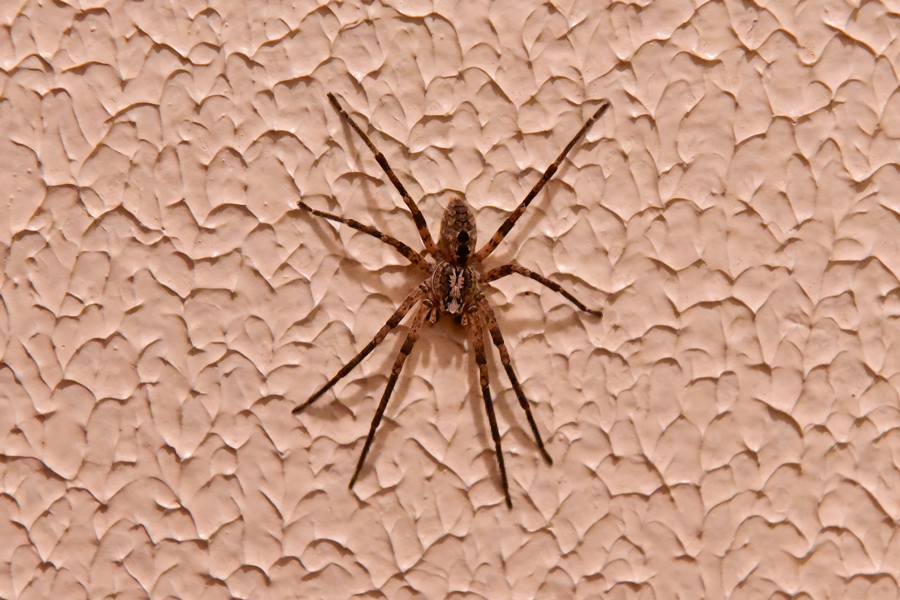

Giant House Spider In Washington State
Since Washington State (e.g., the Seattle area) is moist, it’s rich in spiders, including the regular house spider and giant house spider. This also extends to the entire Puget Sound. You’ll find them typically in your basement or garage.
Giant House Spider In Oregon
Since Oregon has similar conditions to Washington State, you’re bound to find them in your basement and garage in the Portland area and Lake Oswego.
How To Identify A Giant House Spider
The giant house spider’s size is its deadest giveaway.
Adult males have a leg span extending to five inches, while females’ legs can reach two inches. And they’re so large they can fit in your palm.
Color-wise, the giant house spider is primarily beige, brown, and dark orange. The abdomen of this enormous arthropod is gray, brown, and beige, and they don’t seem to have leg bandings.
You’ll see giant house spiders close to the floor since they aren’t the best climbers. However, they’re tenacious enough to reach cabinets and scurry up walls. They’ll also make their way into showers, tubs, cabinets, and dark basement corners.
Another infestation sign is when giant house spiders surround your flower beds, rock piles, logs, and other darkly lit sheltered sites.
Giant House Spider vs Hobo Spider
Hobo Spiders and giant house spiders are frequently confused with one another.
It’s tricky to differentiate the two spiders, but adult giant house spiders look alarmingly large, while adult hobo spiders are smaller in size.
Giant house spiders prevent hobo spider infestations because they out-compete them for habitat and prey. The giant house spider is known to kill male Hobo Spiders.
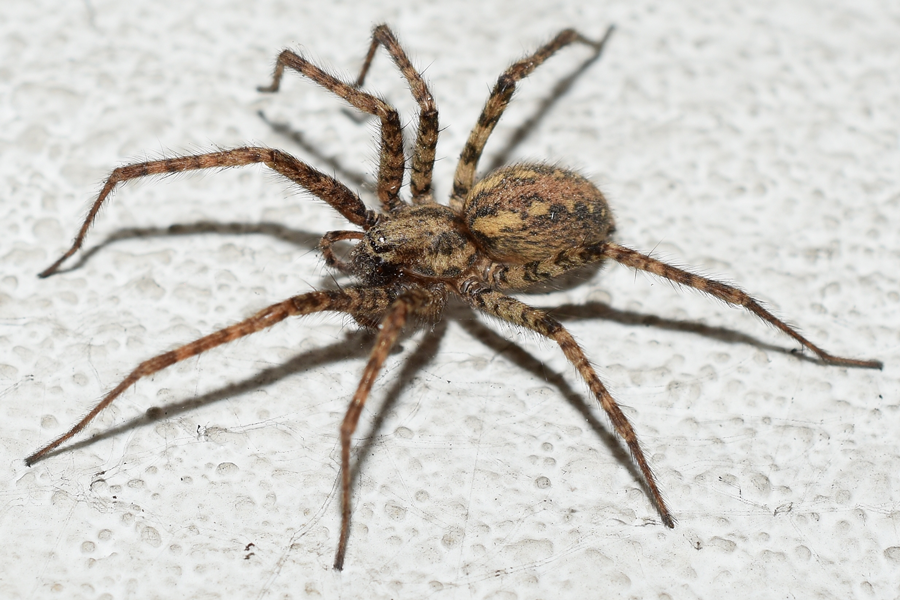
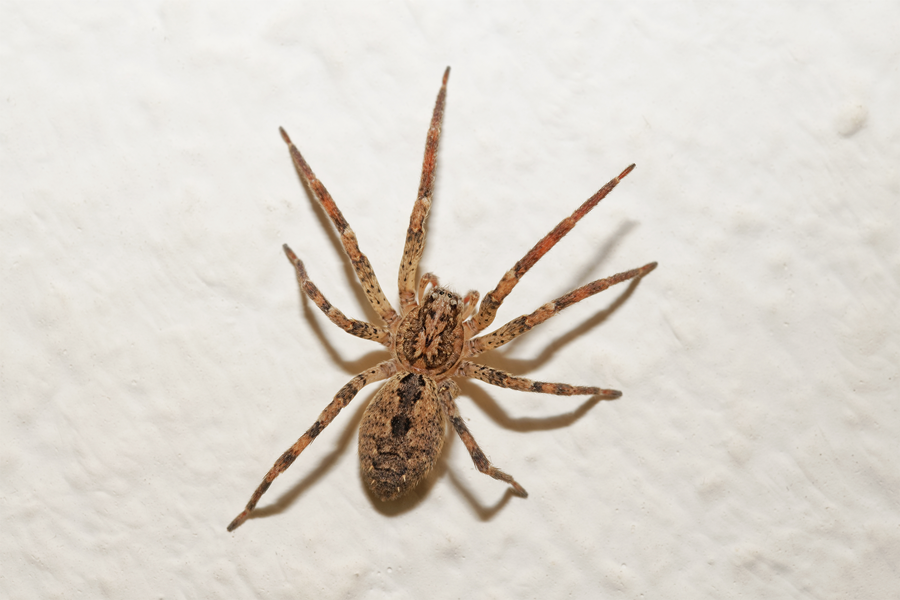
Are Giant House Spiders Dangerous?
No – giant house spiders aren’t dangerous.
There’s no need to panic if you see one. These large spiders don’t like to bite people since they can’t eat them. A giant house spider will only bite humans if they feel threatened and need to defend themselves.
While they are venomous, the venom only harms people with specific allergies.
In conclusion, this type of spider might appear menacing, but you aren’t under much threat in their presence.
Of course, just because giant house spiders won’t do you any direct harm doesn’t mean you want them crawling throughout your home.
Are Giant House Spiders A Threat To My Home?
The truth about most spiders, including giant house spiders, is that they don’t pose a catastrophic threat to your home.
Giant house spiders are ideal around the home, as they eat other pests like moths, cockroaches, mosquitoes, ants, fleas, and flies. Moreover, they help prevent hobo spider infestations.
Giant house spiders don’t leave their web during the day, focusing solely on trapping and devouring prey which makes them relatively undemanding houseguests.
However, this convenience factor wears thin when the giant house spider’s numbers start to grow. As helpful as they are, nobody wants pests scurrying around their home.
Factors such as clutter underneath areas such as chairs, furniture, beds, and couches attract giant house spiders. Similarly, an untidy kitchen attracts other pests, which lure in the giant house spiders because they seek other insect prey.
Long grass, trees, or flowers against the side of your home also attract giant house spiders. A 1.5 ft to 3 ft vegetation-free barrier is ideal but may be difficult to implement around certain homes. Additionally, these spiders love the inside of temperature-controlled homes because of the comfort offered.
Giant house spiders invade your home by hitching a ride in boxes or other belongings. They could also enter through gaps under doors and wall cracks while chasing prey, finding a mate, or just looking for better shelter.
If you’re seeing irregularly high numbers of giant house spiders in your home, you’ll need to call a professional pest control company to deal with the issue.
Every pest emergency is unique and requires a specialized approach to eradicate unwanted visitors for good. Contact our pest control professionals at Pest Pros to learn more about our expert pest extermination services in Washington.
How To Prevent Giant House Spiders:
- Keep your home as clean as possible. Reach every nook and cranny with cleaning products, a vacuum, and a duster. Wipe down counters, vacuum carpets, and mop hard surfaces to eliminate food particles.
- Switch off your outside lights, so attractive prey for giant house spiders are not drawn to your home.
- Remove the plants and vegetation from the side of your house so giant house spiders can’t hide in compost and wood piles.
- Receive frequent inspections from a professional pest control company. This way, you’ll have trusted experts to direct you on any corrective actions.
Receiving inspections from a company like Pest Pros keeps those numbers to where these spiders are a help and not a hindrance.
How To Get Rid Of Giant House Spiders:
- Use your vacuum and suck them up.
- Utilize a sticky trap.
- Remove your clutter and get rid of their homes.
- When needed, use insecticides sparingly.
- Purchase spider-catching glue traps.
Provided your home is infested with these eight-legged creatures, don’t try to fully DIY the issue.
Yes, some DIY measures might be helpful. However, not all are safe or good for the environment. Contacting a professional pest control company like Pest Pros will rid you of the problem promptly and permanently.
Contact A Professional Pest Control Company: Pest Pros
At Pest Pros, it’s our core mission to prevent any damage and future infestations from negatively impacting your living environment.
Our prompt, dedicated pest control technicians are committed to making your home feel like a home again and neutralizing any pest problem.
Get your life back to normal by calling or contacting us today for your free estimate. You can learn more on our website at www.gopestpros.com.

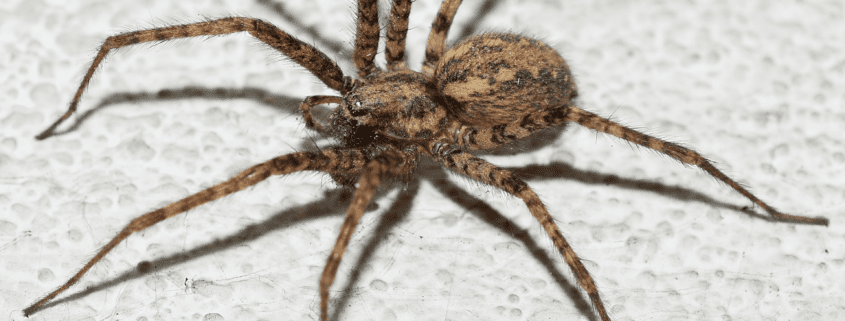
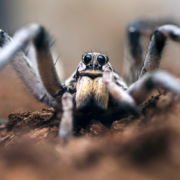
 Free Image download from Pexels
Free Image download from Pexels 